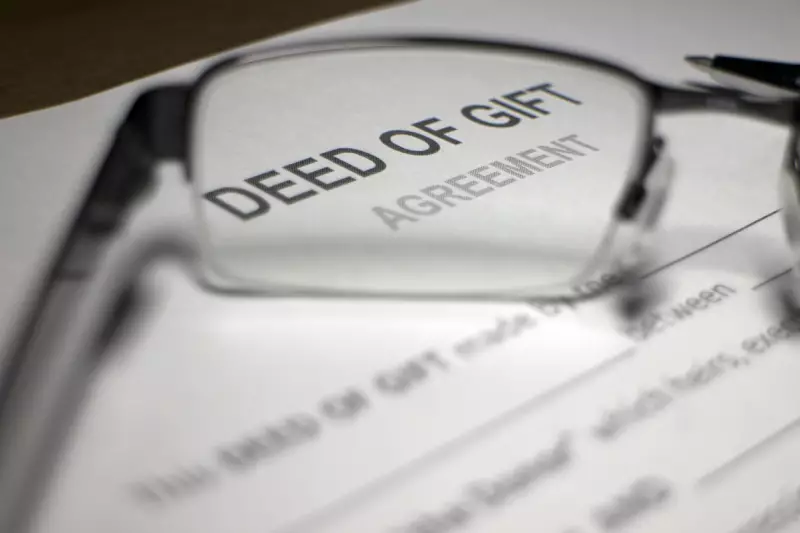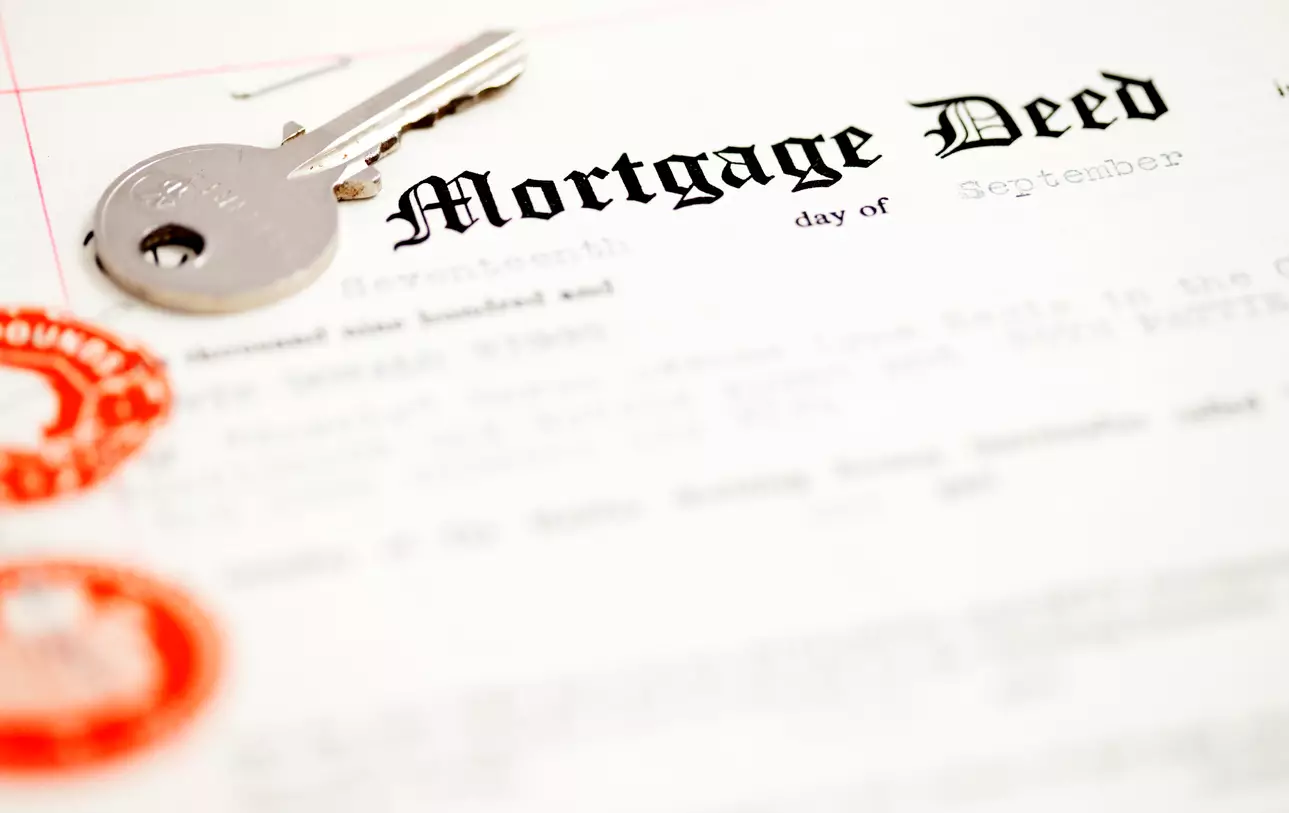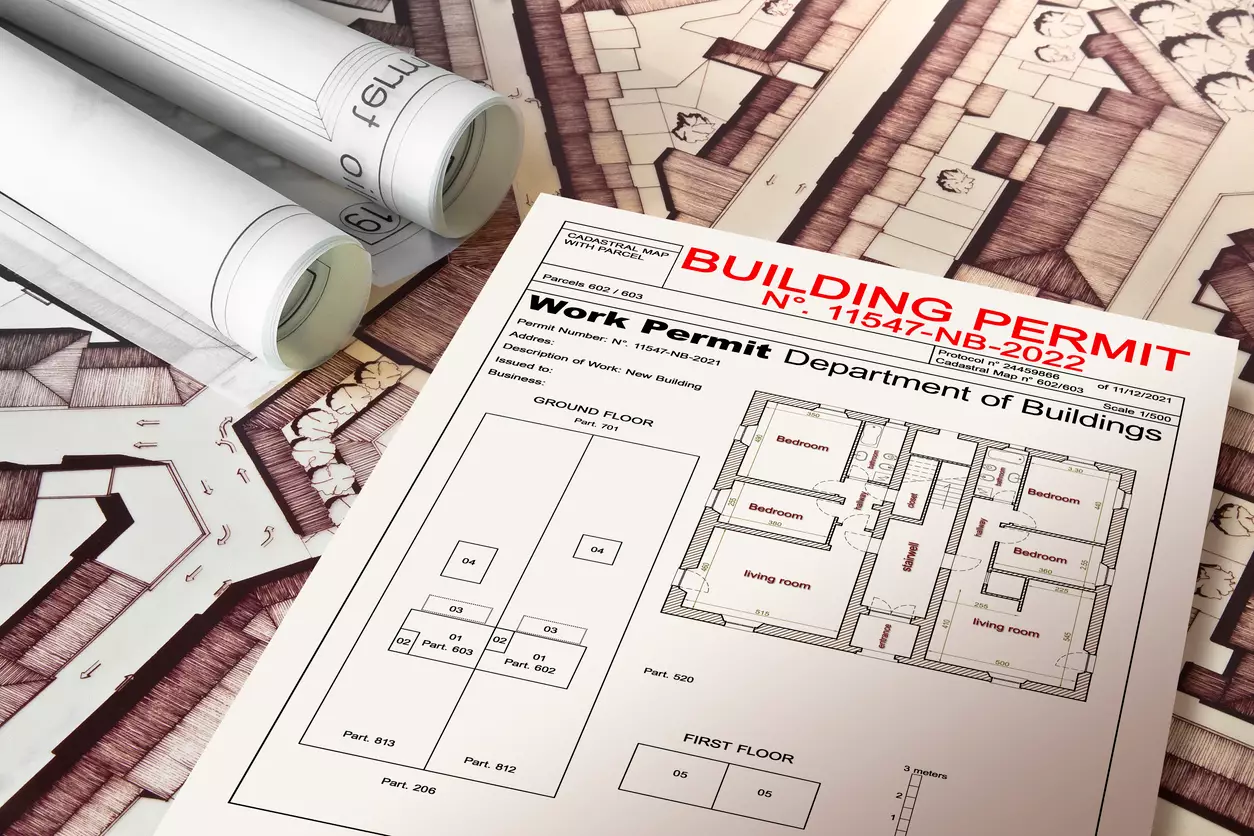How to Transfer Property Ownership from Parent to Child Before Death

Table of Contents
- How to Transfer Property Ownership from Parent to Child Before Death
- Types of Property Transfers
- Gift of Property
- Selling the Property
- Planned Transfer via a Trust
- Joint Ownership
- Steps to Transfer Property
- Step 1: Decide the Type of Transfer
- Step 2: Consult a Legal or Tax Professional
- Step 3: Draft the Necessary Documents
- Step 4: Transfer Ownership
- Step 5: Update Wills or Trusts
- Potential Risks and Pitfalls
- Benefits of Transferring Property Before Death
Transferring ownership of property from parent to child before death is a decision filled with emotional and financial implications. For many families, a home represents more than just a physical structure; it holds memories, symbolizes their legacy, and has significant financial value.
As parents consider the future, there are practical reasons why they consider transferring property ownership to their children. These reasons may include avoiding lengthy probate processes, reducing legal fees, minimizing estate taxes, and ensuring the property transitions seamlessly to the intended heir.
There are several avenues to facilitate transferring ownership of property from parent to child. You may gift the property, sell it, establish a living trust, or opt for joint ownership arrangements. Each method has its own benefits and potential pitfalls. To this end, given the complexities of each choice, it is essential to consult with legal and tax professionals. They can provide guidance and ensure that your chosen method complies with local and tax regulations.
Types of Property Transfers
There are several methods parents may use to transfer property to their children during their lifetime. These include:
Gift of Property
Gifting involves transferring ownership to your child without receiving payment in return. To gift a property, you’ll typically execute a gift deed, legally transferring ownership without exchanging money. This method of transferring assets to your child has its merits. It provides your child with immediate access to the property and avoids the lengthy probate process, saving time and legal fees.
However, transferring ownership of assets to your child before death by gifting the property has its drawbacks. Gifts exceeding the annual gift tax limit set by the IRS require filing a gift tax return, which could impact your lifetime exemption. Similarly, when you gift your property, your child inherits the original cost basis. If they sell the property later, they may face significant capital gains taxes on the appreciation since you acquired it.
Selling the Property
Selling your property to your child at the current market value constitutes a bona fide sale. This means the sale is treated like any other property sale, and the asset is transferred through a formal process. When you sell your property, you may be subject to capital gains tax on the profit. However, if the property has been your primary residence for at least two of the past five years, you may qualify for an exclusion of up to $250,000, or $500,000 for married couples, on the gain.
While selling your property at the fair market value establishes a straightforward and legal sale, your child may need to qualify for a mortgage before the sale can happen. Also, you may owe taxes on the profit from the sale.
Planned Transfer via a Trust
A living trust is a legal arrangement that allows you to place your assets, including properties, into a trust during your lifetime. You have control over these assets as the trustee. You can make changes or revoke the trust. Upon your passing, the asset is transferred directly to the designated beneficiaries.
Using a living trust to transfer property ownership to your child bypasses the probate process, allowing for a faster and more private transfer to your heirs. While alive, you can still manage, modify, or dissolve the trust at any time, and if you become unable to manage your affairs, a successor trustee can step in and manage the trust assets on your behalf.
Joint Ownership
Adding your child as a joint tenant with rights of survivorship is a popular way to ensure they automatically inherit your share of the home when you pass away. Joint tenancy implies that you and your child own 100% of the property. The “rights of survivorship” means that when the owner dies, their share passes automatically to the surviving owner.
This method of transfer skips the probate process. The ownership transfers to your child instantly, without the court or delay. When you pass, your child simply files the paperwork as the surviving owner. However, while you are alive, your child can’t be removed from the deed without their consent. They are free to sell or mortgage the property while you are alive. Similarly, if your child faces lawsuits, divorce, or debt collectors, the property could be at risk.
Steps to Transfer Property
Choosing a template that suits your needs can make the process of transferring ownership of property from parent to child go smoothly, eliminating stress.
Step 1: Decide the Type of Transfer
Firstly, choose how you want to pass the property along. Do you want to gift it, sell it at the fair market value, place the home in a living trust, or add your child as a co-owner with rights of survivorship
Step 2: Consult a Legal or Tax Professional
Before signing any paperwork, it is best to talk to professionals. Seek advice from an estate-planning attorney and a tax advisor. They can help you understand gift and estate tax rules, evaluate the implications of capital gains, and ensure that your preferred plan doesn’t unintentionally affect Medicaid or other benefit plans you have.
Step 3: Draft the Necessary Documents
So, you have chosen the property transfer method that suits your needs; it is time to make it formal by drafting the right paperwork. You will need a Gift Deed or Quitclaim Deed paperwork if gifting your property and a Sales Contract and Warranty Deed if you choose to sell the property to your child. Likewise, you need to draft a Trust Agreement or Joint-Tenancy Deed if you decide to go the pathway of living trust or joint ownership, respectively.
Step 4: Transfer Ownership
File your documents with the appropriate authorities. You may record the new deed under your child's name at the County Recorder’s Office. If you gift the asset, submit any required transfer-tax or gift-tax filings with the IRS. If there is an existing loan or policy on the home, update the records with the mortgage and insurance companies.
Step 5: Update Wills or Trusts
After the transfer, remember to revise your estate planning documents to reflect the change. For instance, remove the property from your will so it doesn’t accidentally get bequeathed twice. State in your trust if the asset has already been gifted or sold. Ensuring your will aligns with your trust prevents confusion and family disputes later on.
Potential Risks and Pitfalls
There are internet risks involved when you are transferring ownership of property from a parent to a child before death. They include:
- Loss of Control: You lose control of your assets once you hand over the deed. Your child can rent, sell, or mortgage the property without asking you first. If the relationship between you and your child degenerates, a new owner could ask you to pay rent or move out of the property.
- Impact on Government Assistance: Gifting or selling your home can affect your eligibility for need-based programs, such as Medicaid. Medicaid reviews any asset transfers made in the 5 years before you apply. If you gave your property away or sold your home during that period, you could become ineligible to receive Medicaid. Even if you qualify, after you pass, your state may try to recover Medicaid costs by claiming against your estate, including that house.
- Family Disputes: When a property is on the line, even the closest of family members can become enemies. Siblings might feel left out if one child gets the property without a clear explanation. Should the child you gifted, sold, or became joint owners go through divorce, lawsuit, or even bankruptcy, the property becomes fair game. Your home would be dragged into legal troubles. You can prevent family disputes by clarifying your reason for transferring ownership of the asset to other family members. You can also draft a letter of intent to address everyone’s expectations.
Benefits of Transferring Property Before Death

There are several gains to transferring ownership of a property from a parent to a child; they include:
- Avoiding Probate: Going through probate to validate a will and distribute your assets can take months and take up to 7% of your estate in fees. By moving your home into a trust, adding your child as a joint tenant, or gifting your child the property, you keep the property out of the probate court. This means your child will get the property faster and at a cheaper cost.
- Tax Benefits: If you transfer your property early on, it can help reduce your taxable estate, saving you on federal taxes, especially if your total estate exceeds the exemption, currently $13.99 million per person. Also, if you sell at a fair market value instead of gifting the property, your child benefits by getting a “stepped-up” cost equal to the purchase price, essentially lowering future capital gains, should they decide to sell the property in the future.
- Peace of Mind: Knowing that your child will inherit the family home without court delays or disputes is a huge relief. If you put in place legal documents like trust agreements or joint-tenancy deeds that spell out what should happen after you pass, there will be no guesswork or family altercations later. This can help you rest easy knowing that your legacy is protected.
Search Property & Deed Records
Table of Contents
- How to Transfer Property Ownership from Parent to Child Before Death
- Types of Property Transfers
- Gift of Property
- Selling the Property
- Planned Transfer via a Trust
- Joint Ownership
- Steps to Transfer Property
- Step 1: Decide the Type of Transfer
- Step 2: Consult a Legal or Tax Professional
- Step 3: Draft the Necessary Documents
- Step 4: Transfer Ownership
- Step 5: Update Wills or Trusts
- Potential Risks and Pitfalls
- Benefits of Transferring Property Before Death
Related Articles
Recent Articles
-
![]() Best Real Estate Markets to Invest in 2025 for Maximum Returns
Best Real Estate Markets to Invest in 2025 for Maximum Returns
-
![]() What Is Appraised Value and What Does a Property Appraiser Do?
What Is Appraised Value and What Does a Property Appraiser Do?
-
![]() What Is a Property Deed Transfer and How Does It Work
What Is a Property Deed Transfer and How Does It Work
-
![]() Everything You Need to Know About Building Permits in Florida
Everything You Need to Know About Building Permits in Florida
-
![]() Everything You Need to Know About Commercial Property Insurance
Everything You Need to Know About Commercial Property Insurance









